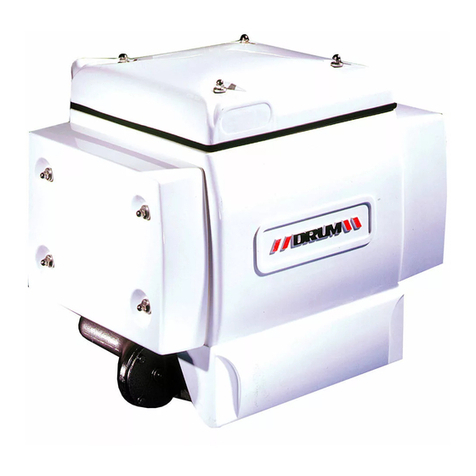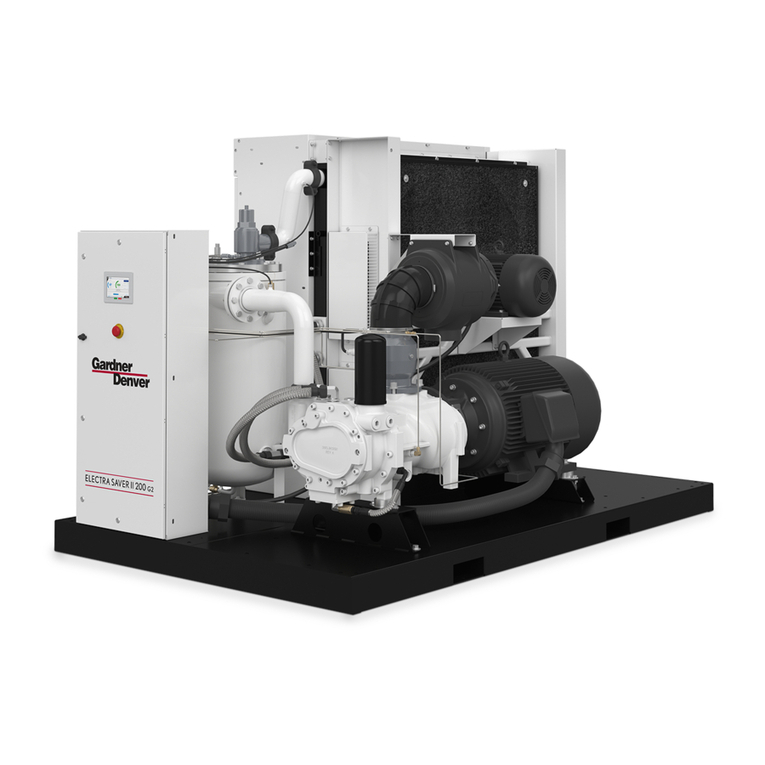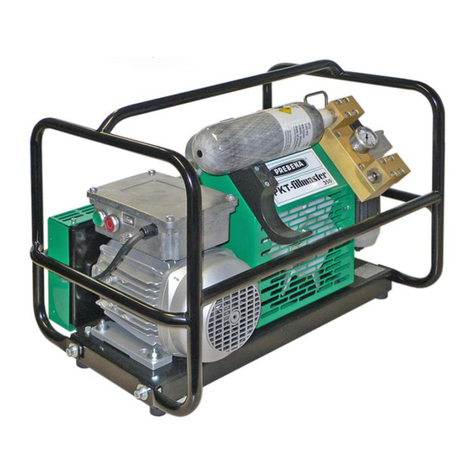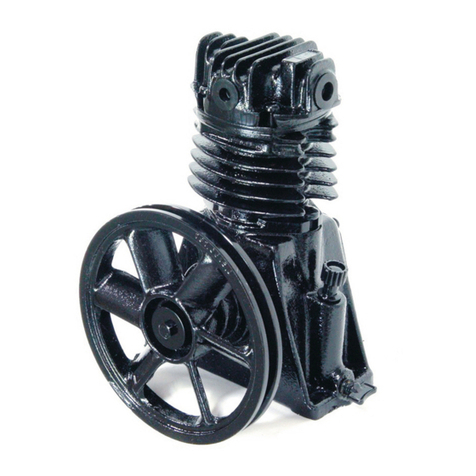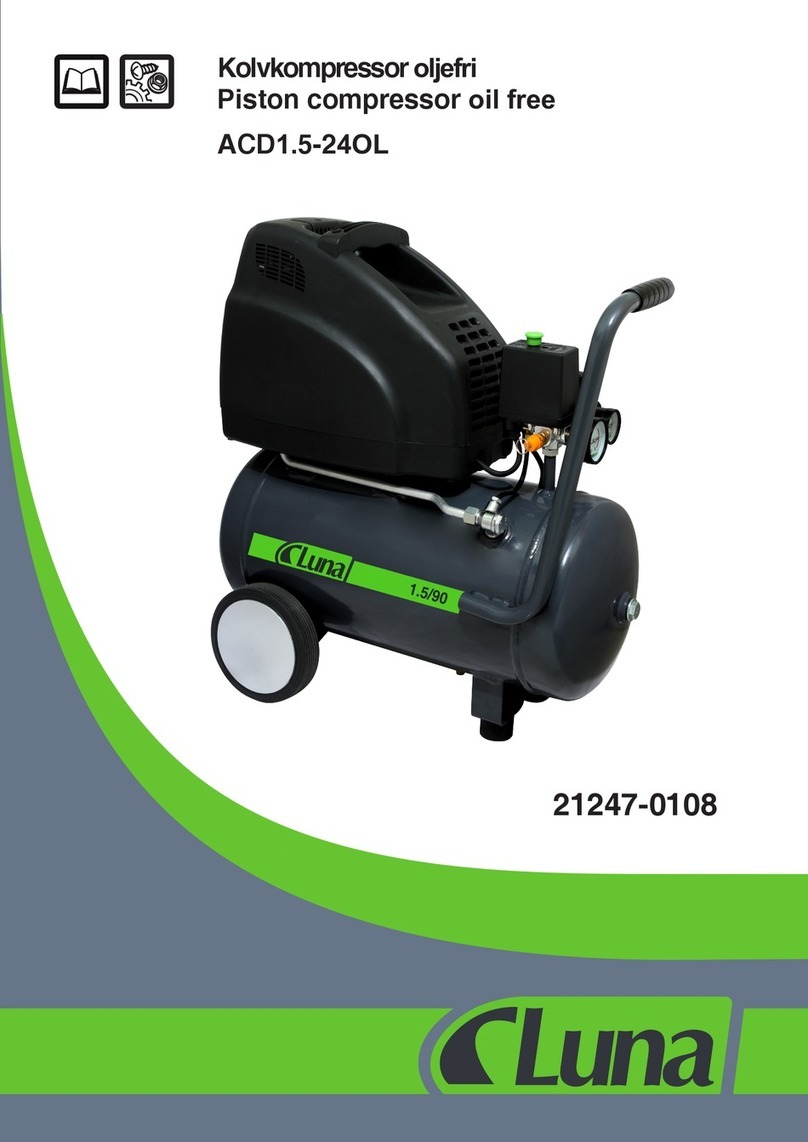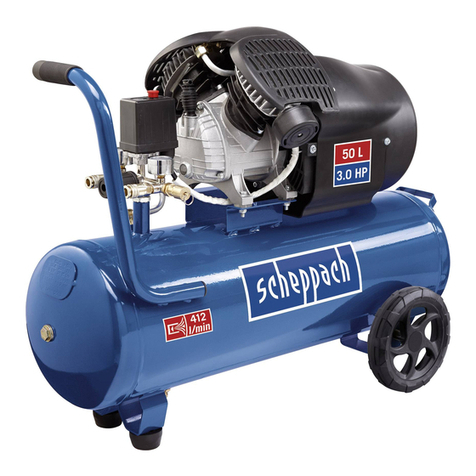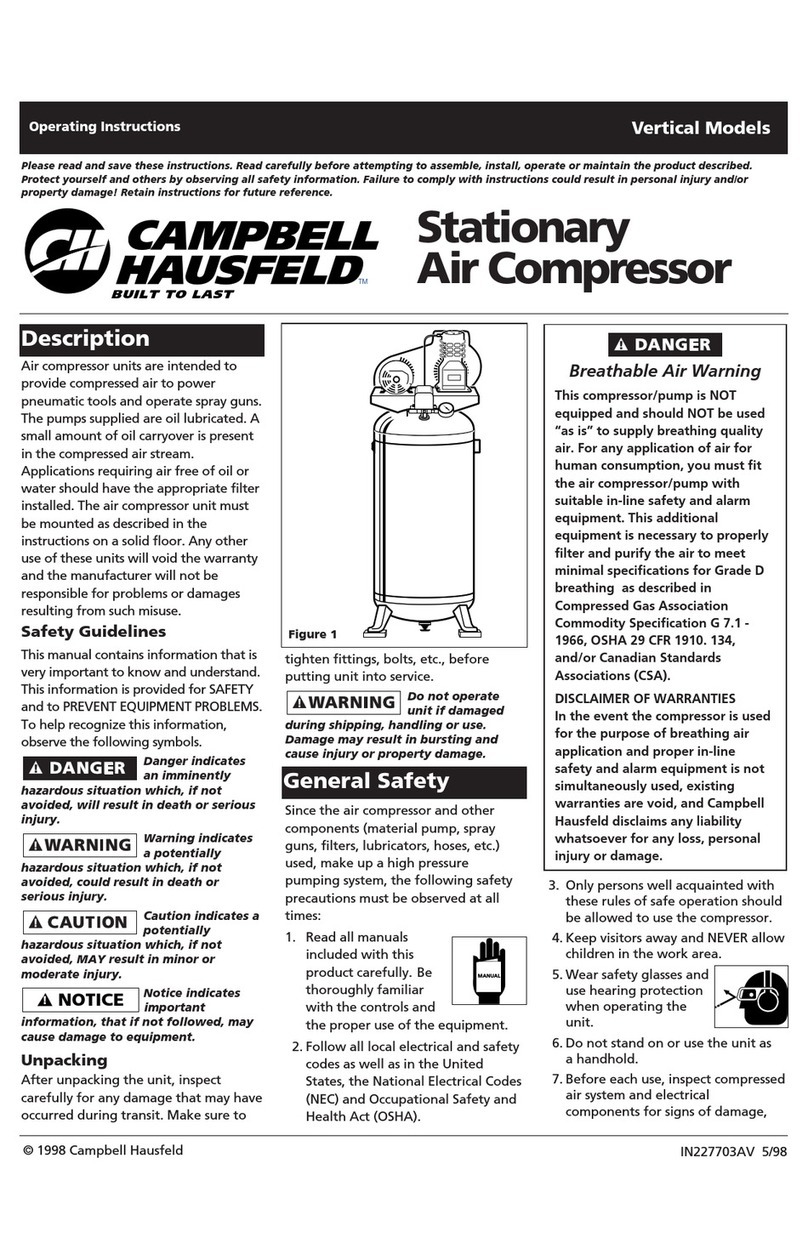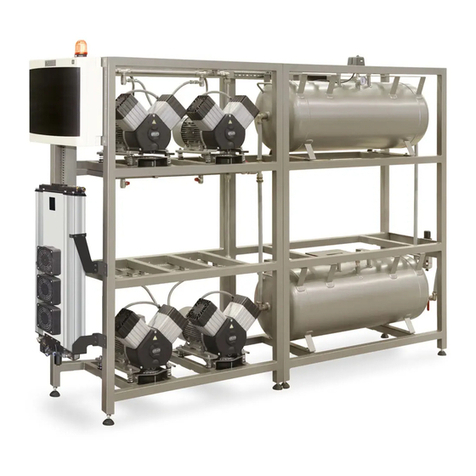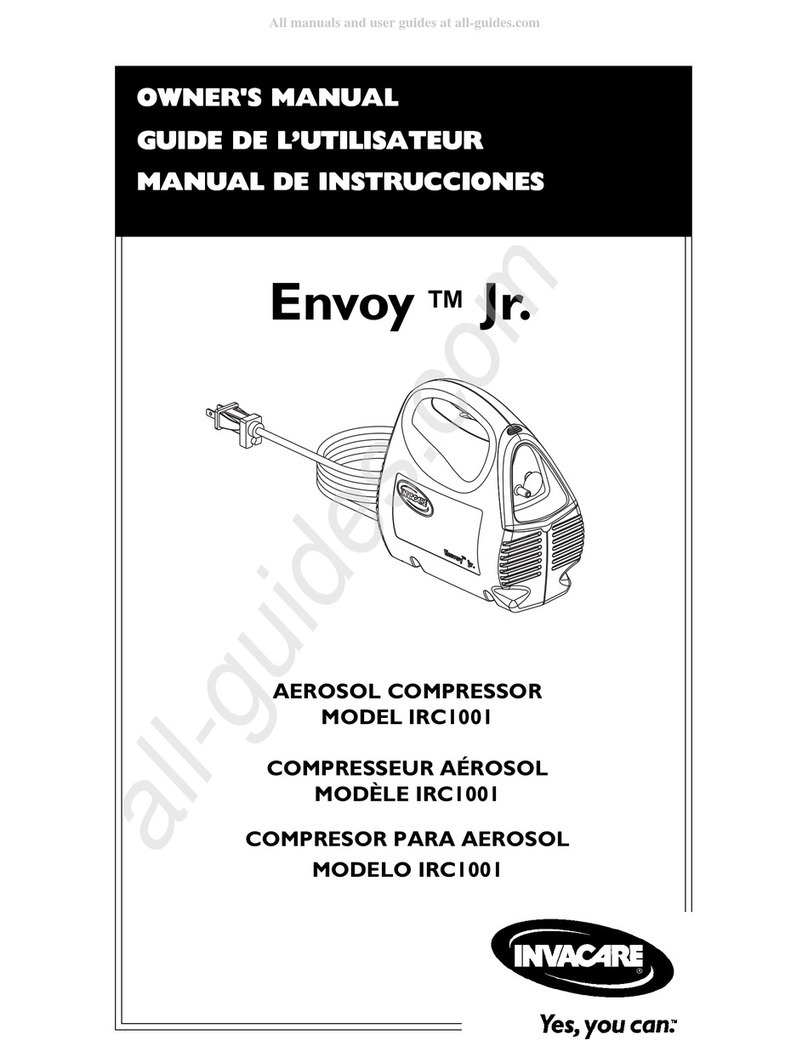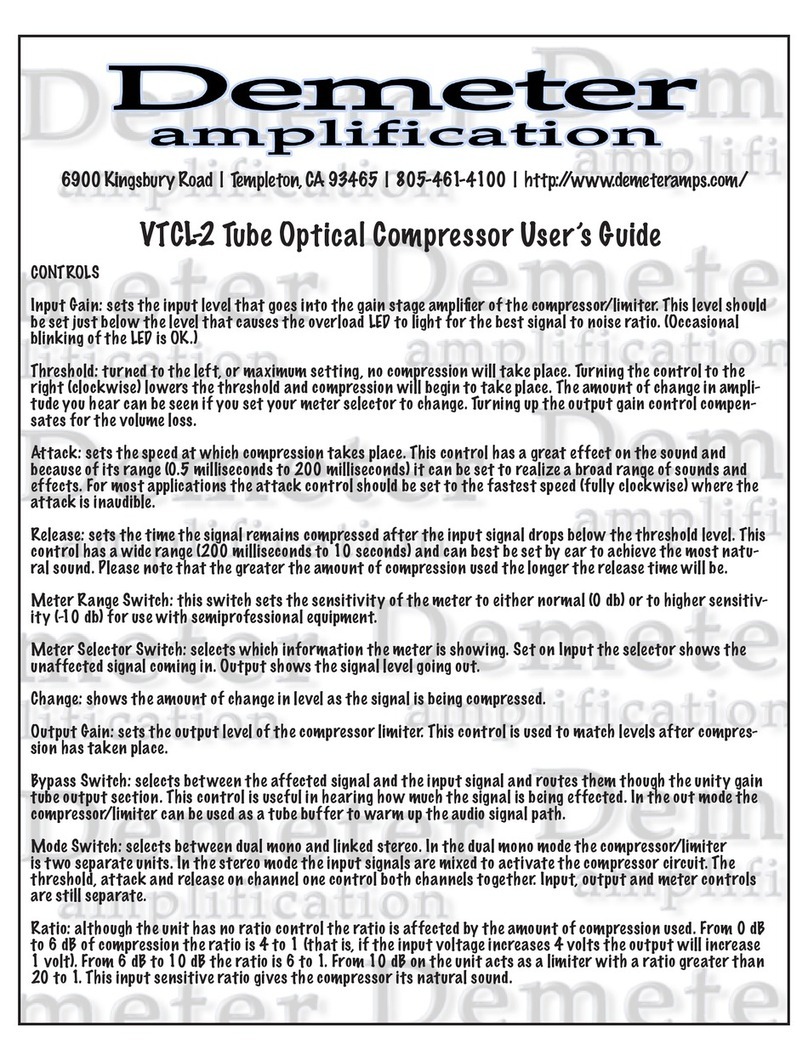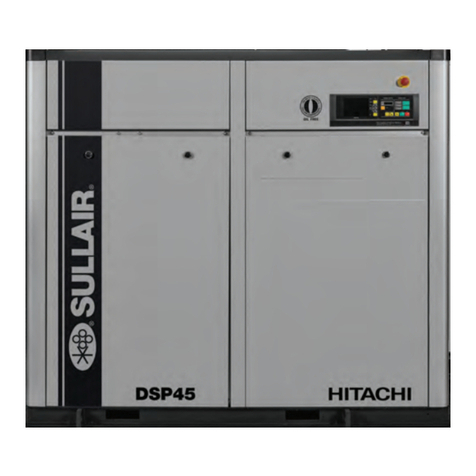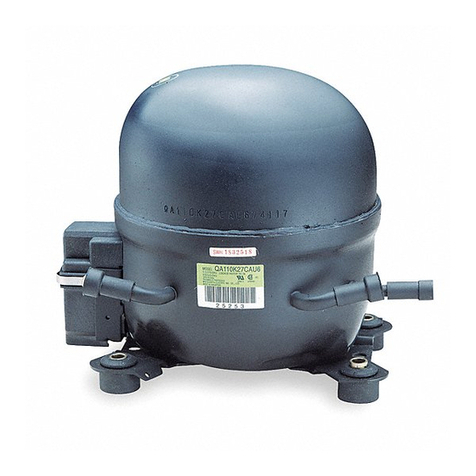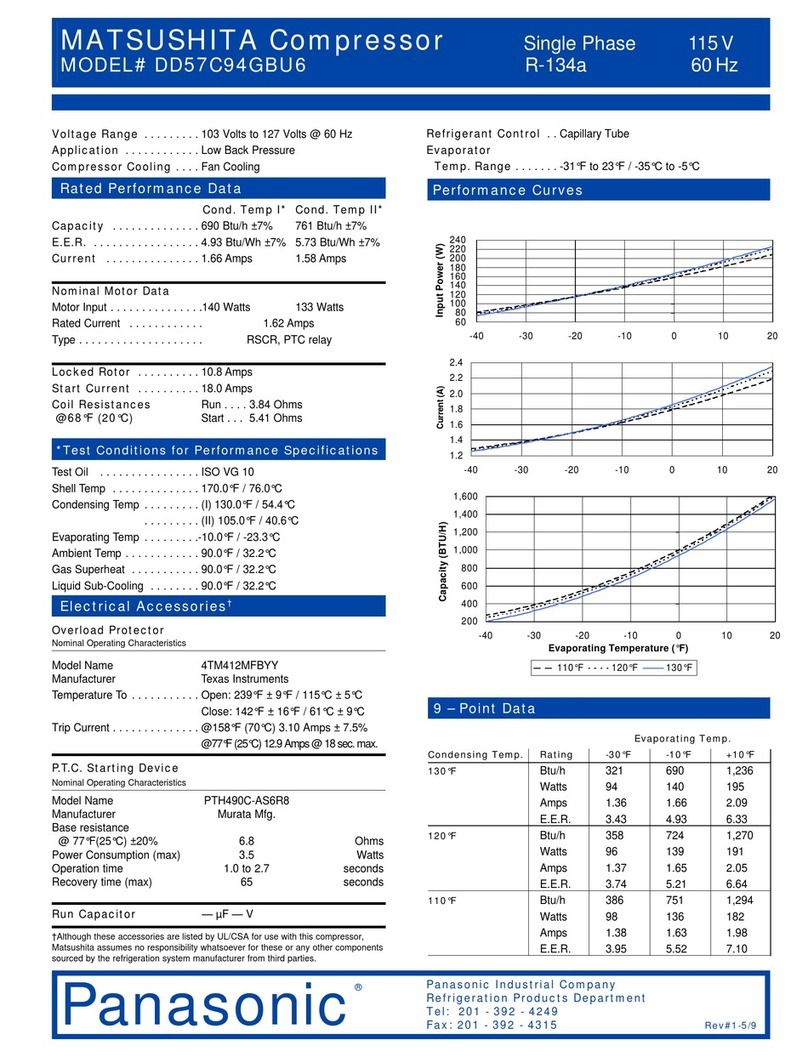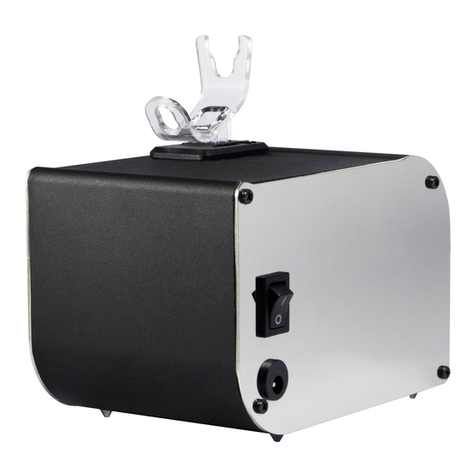
INDEX
13–10–613 Page iv
Actuator, Turn Valve 21. . . . . . . . . . . . . . . . . . . . . . .
Addition of Oil Between Changes 30. . . . . . . . . . . .
Aftercooler 11. . . . . . . . . . . . . . . . . . . . . . . . . . . . . . .
AIR FILTER, SECTION 6 39. . . . . . . . . . . . . . . . . . .
Air Filter 39. . . . . . . . . . . . . . . . . . . . . . . . . . . . . . . . . .
Air Filter Element Life 39, 40. . . . . . . . . . . . . . . . . .
Air Filter Vacuum Switch 22. . . . . . . . . . . . . . . . . . .
Air Filter, Dust Cap 40. . . . . . . . . . . . . . . . . . . . . . . .
Air Filter, Heavy–Duty – 350 & 400 HP Units 39. .
Air Flow in the Compressor System 1. . . . . . . . . . .
Air Receiver, Auxiliary 11. . . . . . . . . . . . . . . . . . . . . .
Air–Cooled Oil Cooler Module 9. . . . . . . . . . . . . . . .
Auto Sentry Operation 18. . . . . . . . . . . . . . . . . . . . .
Blowdown Valve 19. . . . . . . . . . . . . . . . . . . . . . . . . .
Change Procedure, Lubricant 29. . . . . . . . . . . . . . .
Check, Daily 17. . . . . . . . . . . . . . . . . . . . . . . . . . . . . .
Cleaning and Draining Oil System 31. . . . . . . . . . .
Cold Ambient Operation 30. . . . . . . . . . . . . . . . . . . .
Cold Weather Operation 12. . . . . . . . . . . . . . . . . . .
Cold Weather Operation, Installation for 12. . . . . .
Compression Principle 1. . . . . . . . . . . . . . . . . . . . . .
Compressor 1. . . . . . . . . . . . . . . . . . . . . . . . . . . . . . .
Compressor Capacity Control – Turn Valve
Units Only 23. . . . . . . . . . . . . . . . . . . . . . . . . . . .
Compressor Oil Cooler 33. . . . . . . . . . . . . . . . . . . . .
Compressor Oil Filter 32. . . . . . . . . . . . . . . . . . . . . .
Compressor Oil Separator 36. . . . . . . . . . . . . . . . . .
Compressor Oil System 28. . . . . . . . . . . . . . . . . . . .
Compressor Oil System Check 38. . . . . . . . . . . . . .
Control Devices 18. . . . . . . . . . . . . . . . . . . . . . . . . . .
Control Transformer 22. . . . . . . . . . . . . . . . . . . . . . .
Controller 18. . . . . . . . . . . . . . . . . . . . . . . . . . . . . . . .
CONTROLS & INSTRUMENTS, SECTION 4 18.
Controls & Instruments, General Description 18. .
Cooler, Compressor Oil 33. . . . . . . . . . . . . . . . . . . .
Cooling, Sealing and Lubrication 1. . . . . . . . . . . . .
COUPLING, SECTION 7 41. . . . . . . . . . . . . . . . . . .
Coupling 41. . . . . . . . . . . . . . . . . . . . . . . . . . . . . . . . .
Alignment 41. . . . . . . . . . . . . . . . . . . . . . . . . . . . .
Daily Check 17. . . . . . . . . . . . . . . . . . . . . . . . . . . . . .
Decals 6, 7. . . . . . . . . . . . . . . . . . . . . . . . . . . . . . . . . .
Discharge Service Line 13. . . . . . . . . . . . . . . . . . . .
Discharge Thermistor 22. . . . . . . . . . . . . . . . . . . . . .
Drain, Oil Reservoir 9. . . . . . . . . . . . . . . . . . . . . . . . .
Draining and Cleaning Oil System 31. . . . . . . . . . .
Dust Cap 40. . . . . . . . . . . . . . . . . . . . . . . . . . . . . . . . .
Electric Motor Grease Recommendations 15. . . .
Electric Motor Regreasing Interval 15. . . . . . . . . . .
Electrical Wiring 14. . . . . . . . . . . . . . . . . . . . . . . . . . .
Starter 14. . . . . . . . . . . . . . . . . . . . . . . . . . . . . . . .
Element Life, Air Filter 39, 40. . . . . . . . . . . . . . . . .
Emergency Stop Push–Button 22. . . . . . . . . . . . . .
Enclosure 9. . . . . . . . . . . . . . . . . . . . . . . . . . . . . . . . .
Fan Starter 23. . . . . . . . . . . . . . . . . . . . . . . . . . . . . . .
Filling Oil Reservoir 32. . . . . . . . . . . . . . . . . . . . . . . .
Filter, Compressor Oil 32. . . . . . . . . . . . . . . . . . . . . .
Filter Element 39, 40. . . . . . . . . . . . . . . . . . . . . . . . .
Filter, Air (Standard) 39. . . . . . . . . . . . . . . . . . . . . . .
Foreword ii. . . . . . . . . . . . . . . . . . . . . . . . . . . . . . . . . .
Foundation 9. . . . . . . . . . . . . . . . . . . . . . . . . . . . . . . .
Gauge, Oil Level 19, 30. . . . . . . . . . . . . . . . . . . . . .
GENERAL INFORMATION, SECTION 1 1. . . . . .
Grease Recommendations, Electric Motor 15. . . .
Grounding 15. . . . . . . . . . . . . . . . . . . . . . . . . . . . . . . .
High Temperature Operation 29. . . . . . . . . . . . . . . .
Inlet Line 12. . . . . . . . . . . . . . . . . . . . . . . . . . . . . . . . .
Inlet Screen and Tube 40. . . . . . . . . . . . . . . . . . . . .
Inlet Valve 20. . . . . . . . . . . . . . . . . . . . . . . . . . . . . . . .
INSTALLATION, SECTION 2 8. . . . . . . . . . . . . . . .
Installation, General 8. . . . . . . . . . . . . . . . . . . . . . . .
Installation for Cold Weather Operation 12. . . . . .
Lifting Unit 8. . . . . . . . . . . . . . . . . . . . . . . . . . . . . . . . .
Line, Discharge Service 13. . . . . . . . . . . . . . . . . . . .

